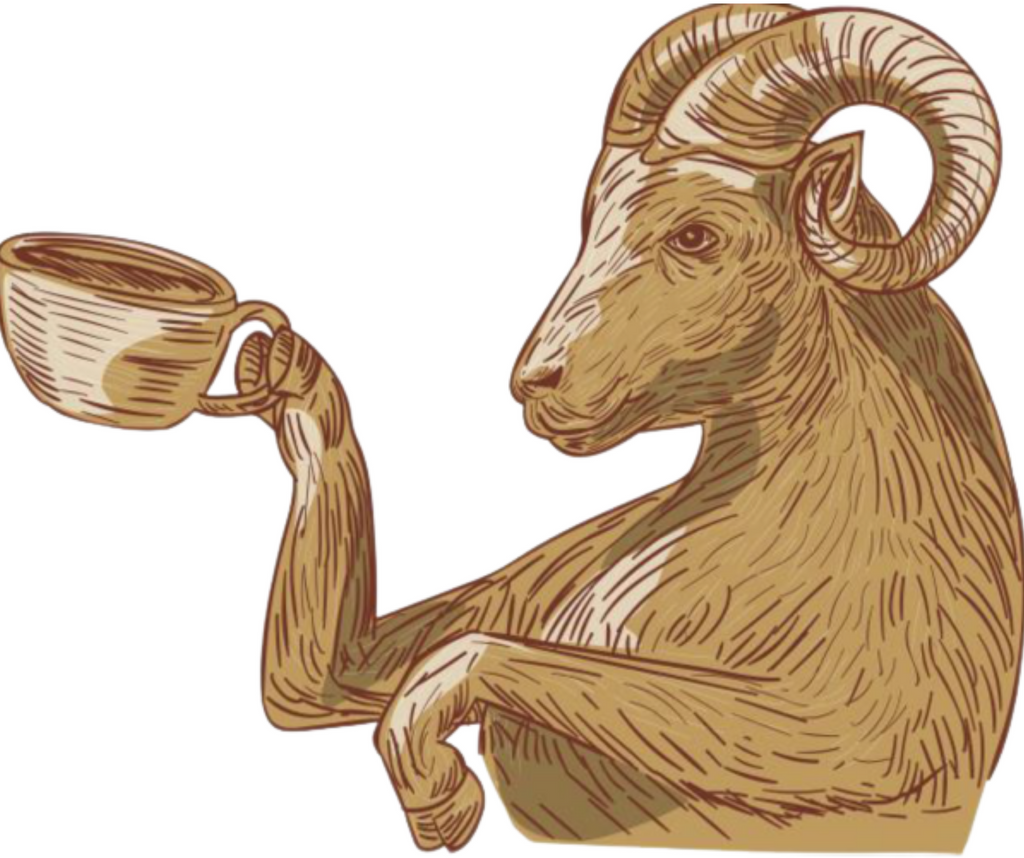The Origins of Coffee - a brief review

Several years ago, I wrote an article entitled, A Brief History of Coffee. I am reposting it here, with a few updates, and hope you will find this informative.
Ethiopian legend says that a goat herder named Kaldi noticed that his goats seemed energized after eating the berries from a certain tree. They even had trouble sleeping at night. The legend goes on to say that Kaldi presented his findings to the abbot of the local monastery who made a drink from the berries and experienced the same effect – even allowing him to stay alert during his long hours of prayer. Other monks were likewise affected and the word began to spread.
Legend or not – coffee has changed the world in several significant ways.

Those berries were the “cherries” from these Ethiopian coffee trees that have since spread to countries around the world. Spreading from the forests of Ethiopia, coffee first moved out into the Arabian Peninsula. By the 15th century, coffee was being grown in the Yemeni district of Arabia and by the 16th century it was known in Persia, Egypt, Syria, and Turkey. And before we ever heard of Starbucks, coffee houses were popping up everywhere as patrons gathered to drink what was referred to as “the wine of Araby”.
Coffee continues its spread into Europe
Travelers from Europe returned with stories of this “new brew” and coffees popularity continued to spread. This spread did not occur without controversy. Suspicion of its origins and effects caused it to be banned in Venice until Pope Clement VIII stepped in. He tasted it, liked it and blessed it. Coffee was on its way to a place in history. Coffee houses sprang up in every major city, with the beverage replacing beer and wine as the breakfast drink of choice. People gathered, discussed and debated the topics of the day (no WiFi yet) and enjoyed conversations. Factoid - in London, where there were over 300 coffee houses, the world famous Lloyds of London was birthed in Edward Lloyd’s Coffee House.
Coming to America
In New Amsterdam, later renamed New York, is where coffee got its start in America.
Once introduced, coffee houses rapidly began to appear. But it wasn’t until the Boston Tea Party in 1773, when the colonists revolted against a heavy tax on tea imposed by King George III, that coffee began to replace tea as the preferred hot beverage. Things have not been the same since.
Cultivation spreads to other parts of the world
Credit the Dutch with moving coffee into many areas of the globe. The Dutch finally got seedlings in the latter half of the 17th century. Their first attempts to plant them in India failed, but they were successful with their efforts in Batavia, on the island of Java in what is now Indonesia.
The plants thrived and soon the Dutch had a productive and growing trade in coffee. They then expanded the cultivation of coffee trees to the islands of Sumatra and Celebes.
An interesting and fateful event was the presentation of a coffee plant to King Louis XIV of France, which was planted in the Royal Botanical Garden in Paris. In 1723, a young naval officer, Gabriel de Clieu obtained a seedling from the King's plant. Despite a challenging voyage — complete with horrendous weather, a saboteur who tried to destroy the seedling, and a pirate attack — he managed to transport it safely to Martinique.
Once planted, the seedling not only thrived, but it’s credited with the spread of over 18 million coffee trees on the island of Martinique in the next 50 years. Even more incredible is that this seedling was the parent of all coffee trees throughout the Caribbean, South and Central America.
The famed Brazilian coffee owes its existence to Francisco de Mello Palheta, who was sent by the emperor to French Guiana to get coffee seedlings. The French were not willing to share, but the French Governor's wife, captivated by his good looks, gave him a large bouquet of flowers before he left— buried inside were enough coffee seeds to begin what is today a billion-dollar industry.
Missionaries and travelers, traders and colonists continued to carry coffee seeds to new lands, and coffee trees were planted worldwide. Plantations were established in magnificent tropical forests and on rugged mountain highlands. Some crops flourished, while others were short-lived. New nations were established on coffee economies. Fortunes were made and lost. By the end of the 18th century, coffee had become one of the world's most profitable export crops. And now, coffee is one of the most sought after commodities in the world.
So, enjoy that cup of coffee armed with a little more knowledge about something most of us take for granted.

Leave a comment